The Tree of the year 2024 is a Scots pine in Varmahlíð and this is the first time a Scots pine has been nominated. The tree stands in forest stand cultivated by the Skagafjörður Forestry Association and was most likely planted sometime between 1940 and 1943. Other Scots pines can also be found in the stand, but Scots pine is a fairly rare species in Iceland. Quite a lot of it was planted in Iceland 1950-1970, but those plantings were devastated by the introduction of the pine woolly aphid and planting Scots pine largely stopped after 1970. A nomination ceremony was held in September 2024 and the tree, as is tradition, measured at the time. The tree turned out to be 13,9 m in height, with a trunk circumference of 30,5 cm at chest height.
Location on Google Maps: https://maps.app.goo.gl/tY2U3YiTSSPqqy5VA
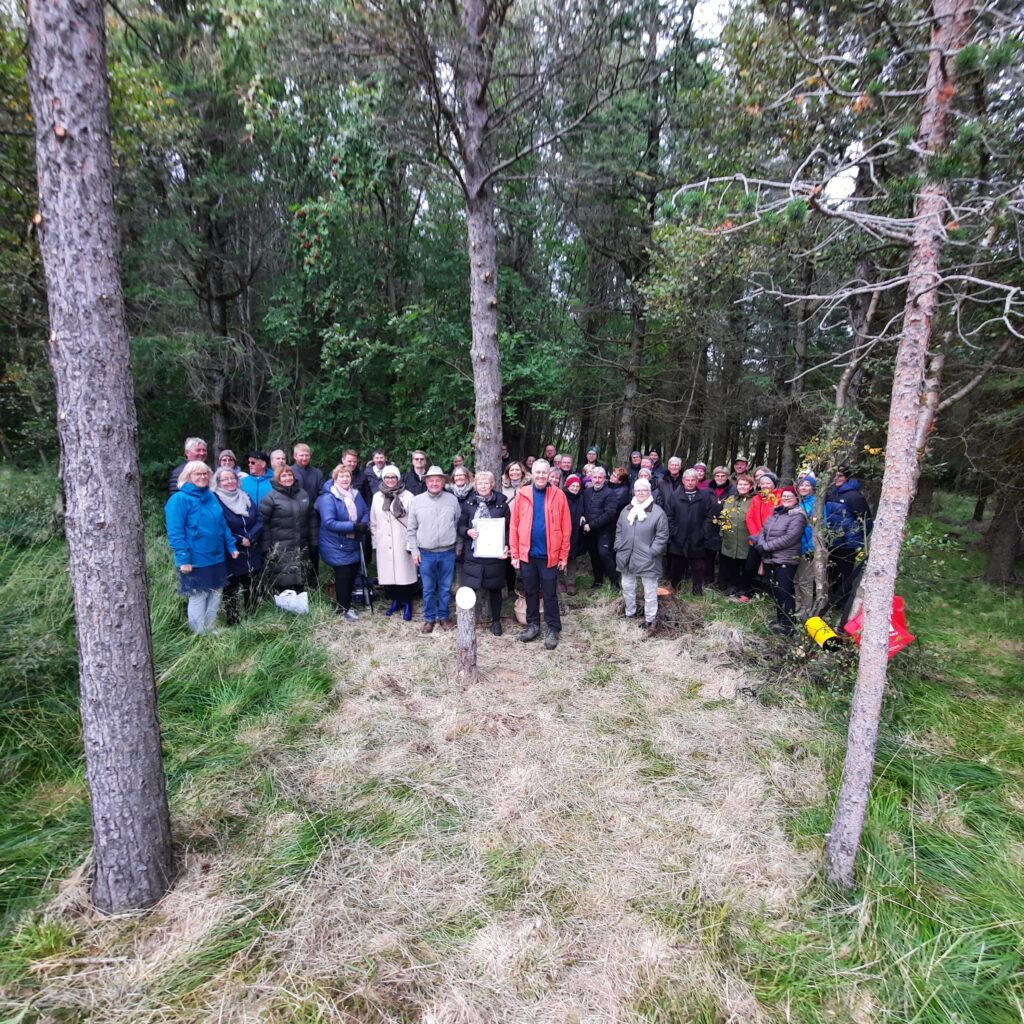

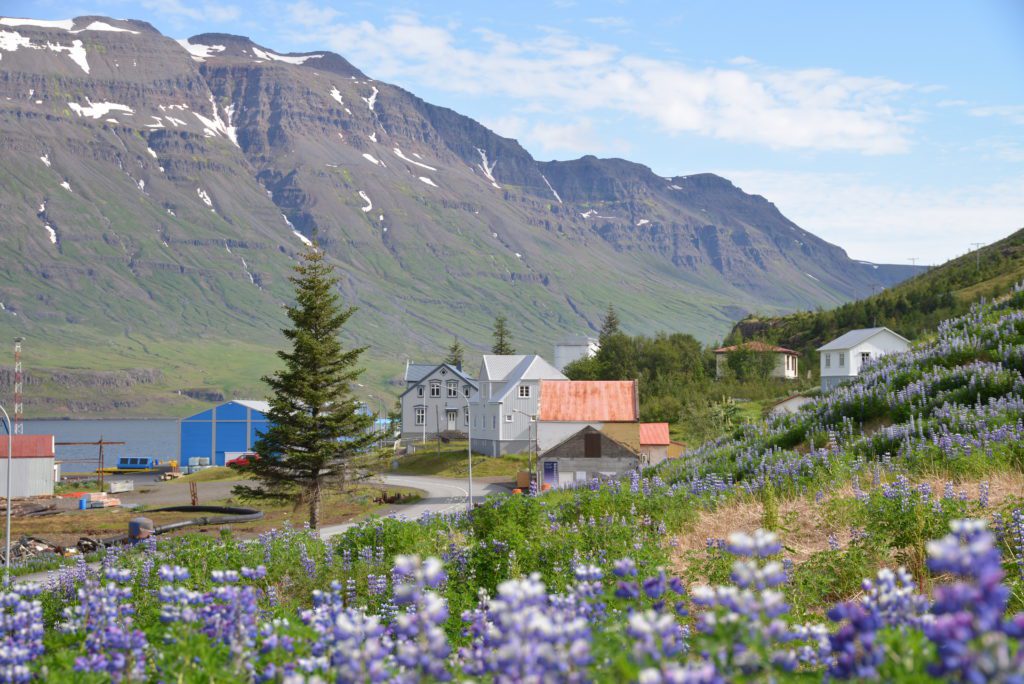
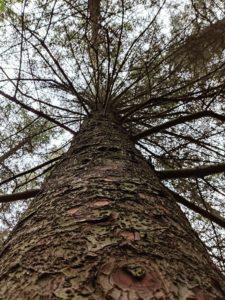
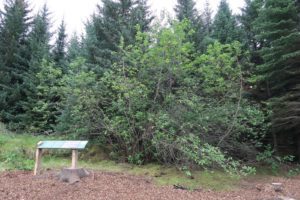
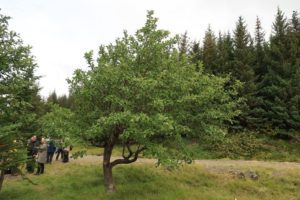
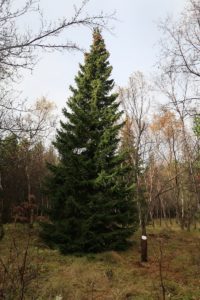
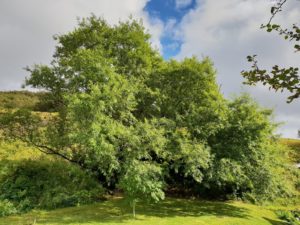
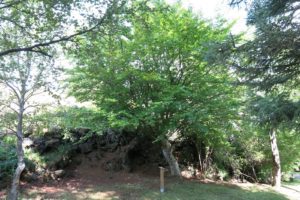
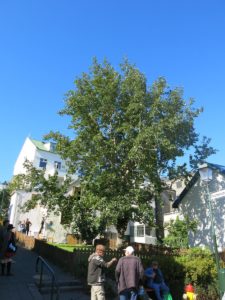
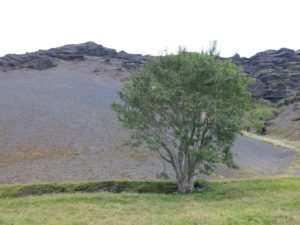

Nýlegar athugasemdir